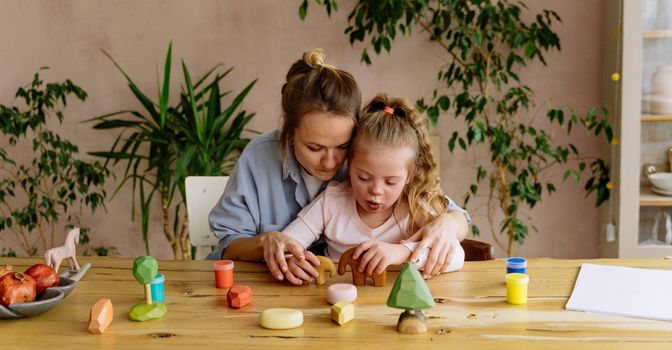Young children often have rapidly changing needs and therefore need to update their assistive technology (AT) more frequently.
The National Disability Insurance Agency (NDIA) is reviewing its approach to AT for children to develop more cost effective and convenient channels for trial, rent, exchange or purchase of AT supports.
Consultation is underway with a range of stakeholders including families, providers and health professionals to understand what young children need from AT and what providers are able to deliver through a new Early Childhood Assistive Technology Approach (ECATA).
Better access and flexibility for AT.
The research revealed that greater flexibility and transparency were needed to allow children to access assistive technology more efficiently and affordably. The NDIA is exploring various solutions based on input from the NDIS community.
Here are some of the solutions being explored.
Equipment loan pool
An AT loan pool would allow people to hire equipment from a central provider. Some existing AT providers could expand their current hire system to incorporate a loan pool. However, there are several challenges to address with this model. The upfront cost for the equipment, ongoing maintenance and the logistics to deliver to people across the country are some of the main concerns.
Subscription
A subscription service would allow people to hire AT monthly or yearly with certain terms and conditions, like lock-in time frames, to ensure the providers were protected from change-of-mind cancellations. The terms and conditions would vary based on the cost of the equipment and the amount of customisation required for each subscriber.
Trial to buy
This would allow people to hire AT for a trial period to determine if the piece of equipment was a good fit. The amount paid for the loan could then be put towards the purchase cost if desired.
Online marketplace
An online marketplace could allow participants and providers to use a centralised platform to buy and sell assistive technology. The model would also provide a wealth of data about the range of products, availability and pricing to make accessing AT more transparent. For the solution to be effective it would need to be easy for families to navigate the platform and for providers to track and update inventory.
Combination
A combination model of several approaches is currently the preferred and most flexible method. This could offer greater accessibility to more expensive equipment, items that require individual customisation or AT with increased servicing needs. It could also help ensure people in rural and remote locations have sufficient access to AT.
A greener solution for AT.
Any of these new models would also offer a significant benefit to the environment. There is no current method to deal with AT once a person has outgrown it, which means it can end up in landfill instead of assisting someone else.
As young children can outgrow equipment at a rapid rate, the ability to give AT a second, third and fourth owner could have a great impact on waste reduction.
Watch this space.
The project is ongoing, and the NDIA will continue to build on the strategy to identify the best model to deliver AT to younger children.
A priority is providing families and carers with more options to access AT supports and clearer information about the different options available to them.
Leap in! will continue to watch this space and let you know if there are further developments or changes to how the NDIS approaches assistive technology.
Leap in! can help.
Leap in! helps thousands of children and their families who access Early Childhood Assistive Technology supports.
If you’d like more information about accessing AT with your NDIS Plan, simply call us on 1300 05 78 78, chat online via our website, or email crew@leapin.com.au.
Further reading
Will the NDIS pay for repairs and maintenance to assistive technology?
Assistive technology purchases up to $15,000 to be approved automatically.

